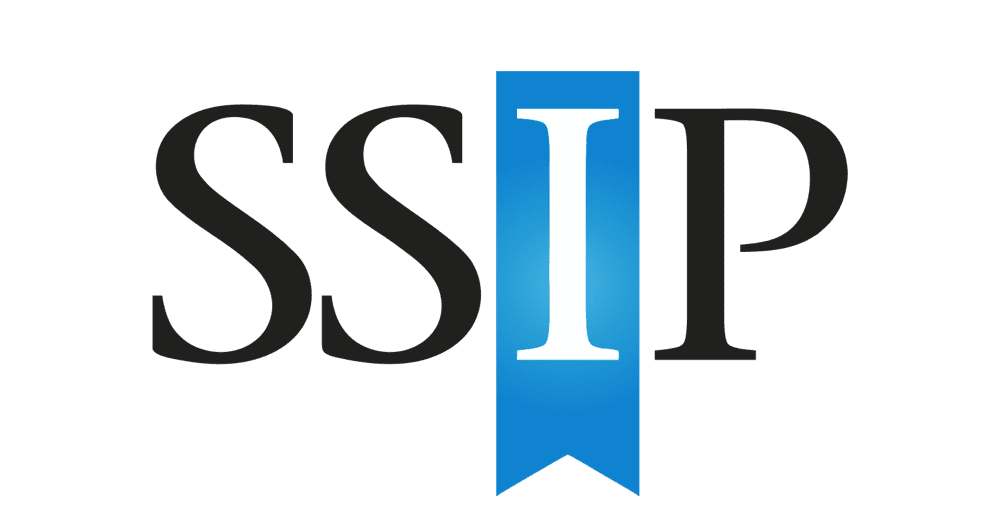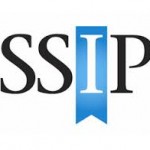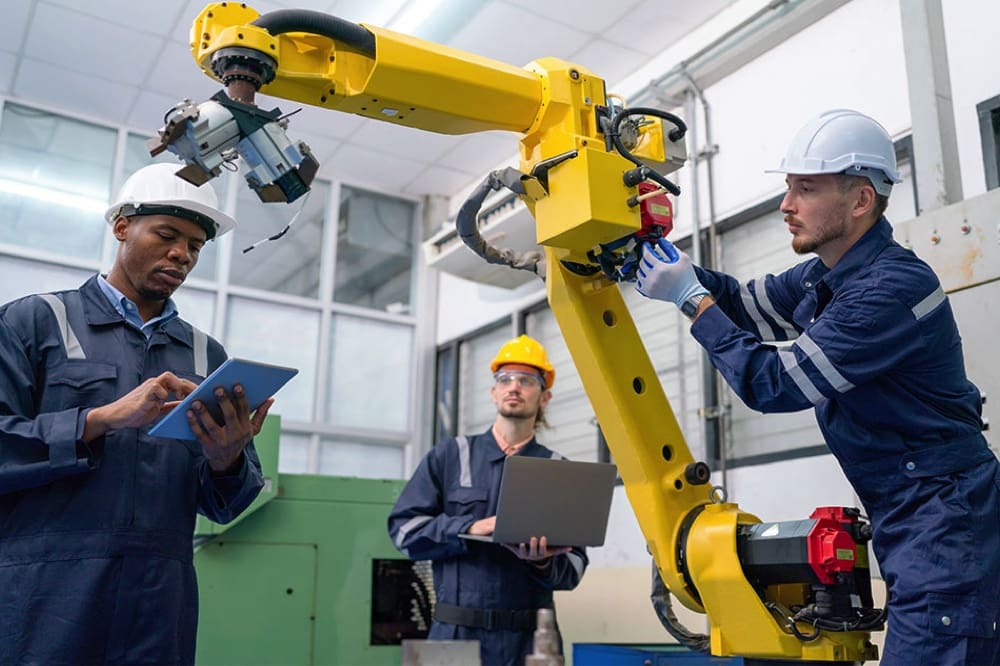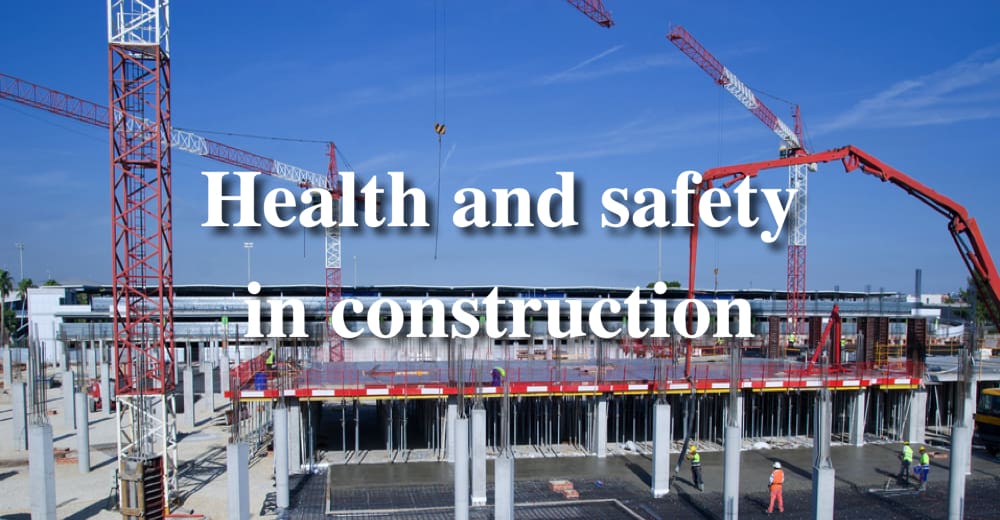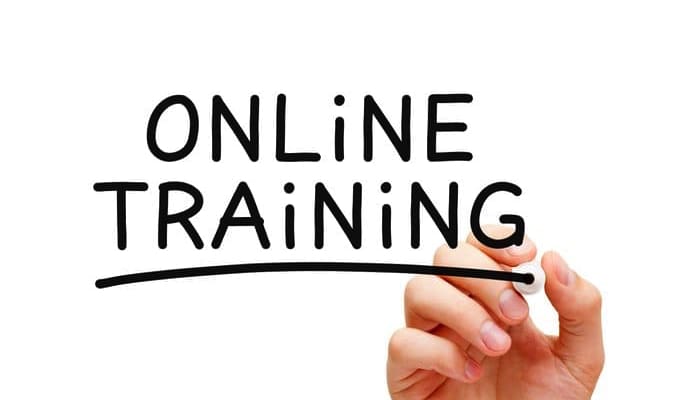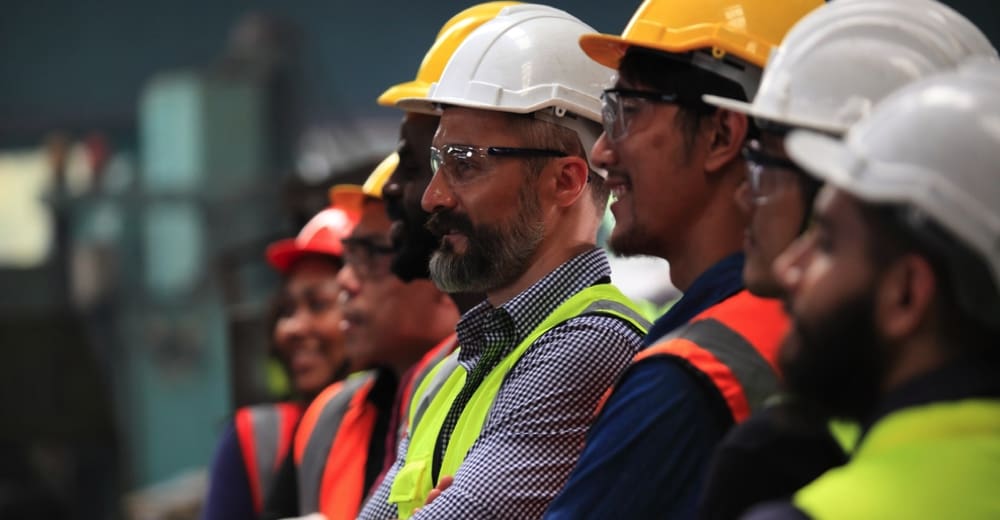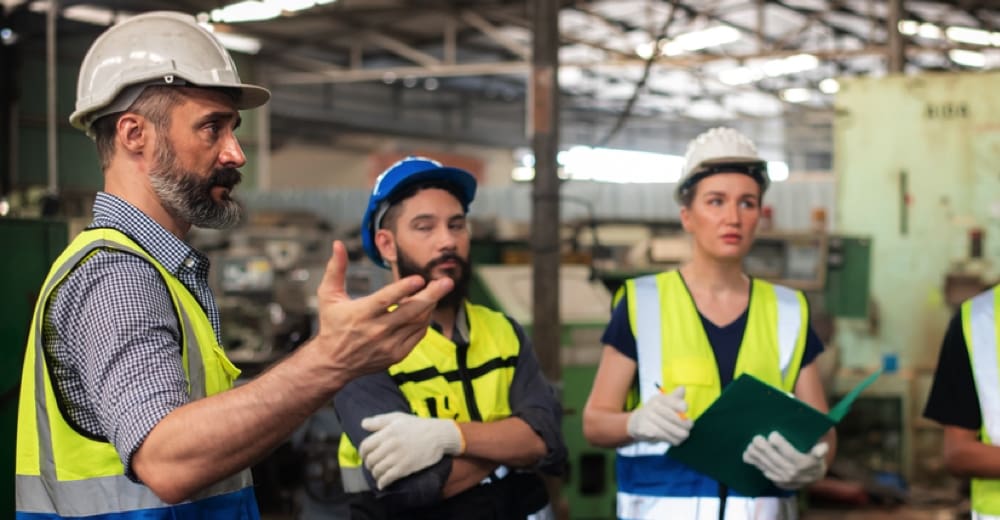Save up to £500 with your SSIP assessment renewal.
Don’t miss the deadline for your SSIP assessment renewal. Ensure your business stays compliant.
The problem
CHAS and other SSIP providers raise their assessment fees annually, increasing costs. An American corporation owns CHAS, and their fees have been raised yearly. They are now very high compared to other SSIP accreditation suppliers.
We have a solution
There are over thirty SSIP accreditation suppliers who all do the same thing, to the same standard. The standard is controlled by SSIP, which was created to develop a fair playing field and reduce costs.
CHAS is the most popular and well-known; however, the suppliers below are also prominent and are much more economical than CHAS.
Our preferred SSIP assessment renewal supplier is PQS; they have the lowest fees and are great to deal with. They have a good customer service team and have created easy-to-use systems to complete the accreditation documentation.
Our preferred SSIP supplier list.
What will an SSIP accreditation cover?
All assessments are completed using the SSIP Core Criteria as the threshold standard and cover the following:
- Health & Safety policy
- Competent Advice
- Training arrangements
- Monitoring, audit and review
- Workforce involvement
- Accident reporting and enforcement action
- Subcontracting/consulting
- Risk Assessments and Safe Systems of Work
- Cooperations with others
- Welfare provision
- Hazard elimination
The assessment completed will be proportionate and relevant to the type of work you undertake and the size of your business, noting the size of your business will include any labour staff working for you.
About PQS accreditation
The PQS is an accreditation supplier and SSIP member. PQS charge a much lower fee than CHAS, saving you up to £500 depending on your type of accreditation.
There is no difference between CHAS and PQS; they are SSIP members and work according to the same rules and guidance.
If you are worried that your customers are asking for CHAS, it’s OK, as SSIP allow you to obtain a CHAS certificate even when PQS has accredited you through their deem to satisfy process.
If your SSIP accreditation is coming up for renewal, contact us, and we can advise you on the best solution for your business and budget.










